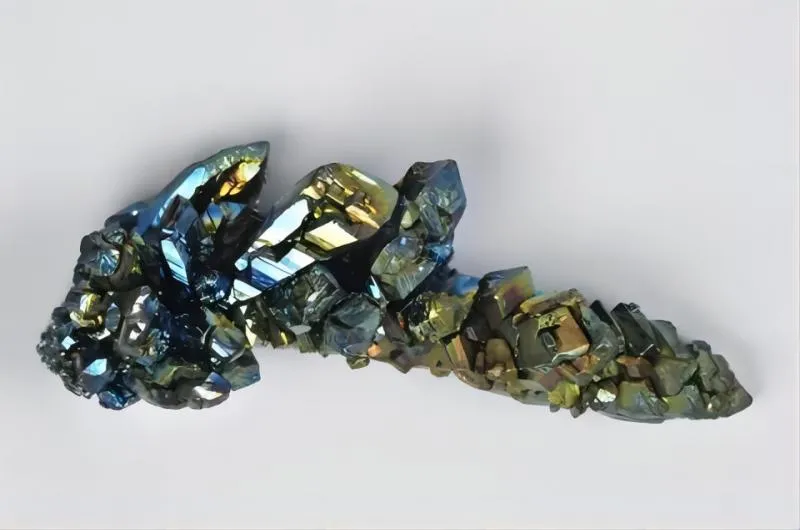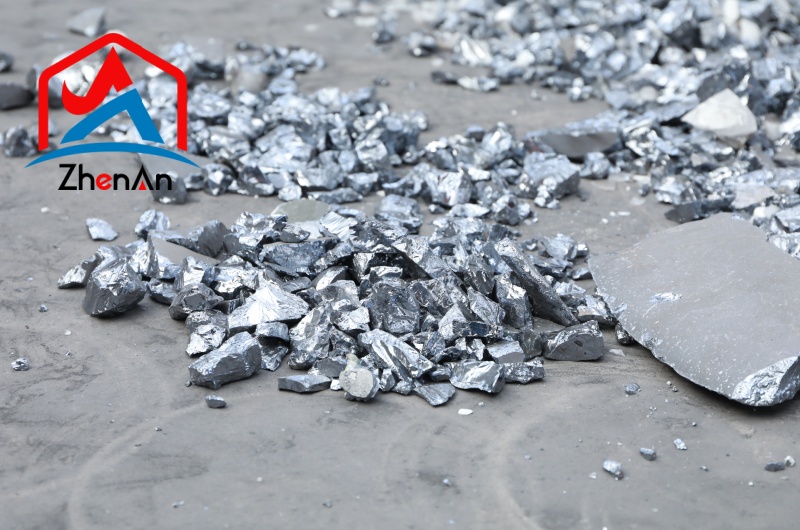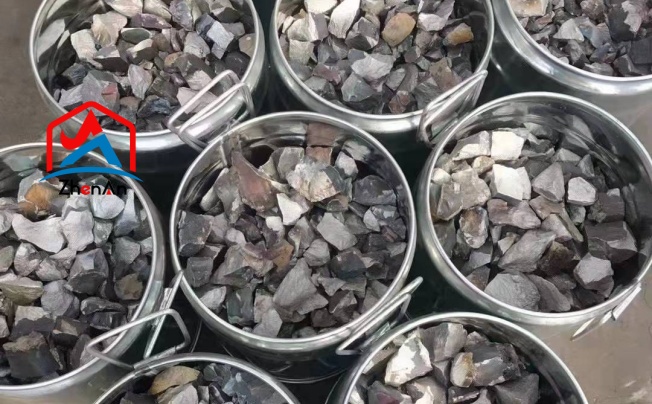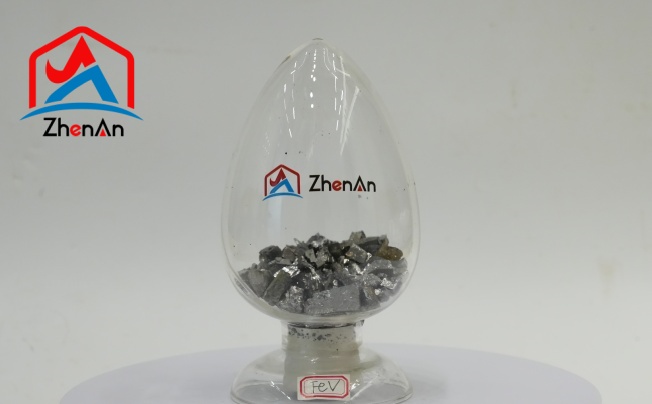BY  GENN
GENN
2024/03
Blog
What Is The Most Stable Oxidation State of Vanadium?
Do You Know Vanadium?
The chemical element vanadium has the atomic number 23 and the symbol V. It is a malleable, hard, silvery-grey transition metal. Although the elemental metal is rarely encountered in nature, it can be partly stabilised against further oxidation by passingivating it, or isolating it artificially and forming an oxide layer.
What Is Vanadium Used For?
- Woodworking: Because of its strength and longevity, vanadium steel is frequently used in woodworking equipment.
- Metalworking: High-strength steel alloys, which are used in the building, automotive, and aerospace industries, are made using vanadium.
- Stoneworking: To cut and shape stone, vanadium steel is also used in stoneworking tools.
- Precision cutting: Because of its hardness and capacity to hold sharp edges, vanadium steel is used in the manufacture of premium cutting instruments like chisels and blades.
- Demolition: Because of its strength and resistance to impact, vanadium steel is used in the manufacturing of demolition instruments like hammers and pry bars.
- Automotive industry: To increase strength, durability, and heat resistance, vanadium alloys are utilised in the production of automotive parts, including engine and chassis components.
What is the State of Vanadium V Oxide?
One such chemical is vanadium(V) oxide, which has an oxidation state of +5. Most people refer to it as V2O5 or vanadium pentoxide. Vanadium(V) oxide is a solid that ranges in colour from dark brown to yellowish. It is utilised in many different processes as a catalyst, as a pigment in glass and ceramics, and as a part of batteries.
Vanadium Dioxide
Vanadium dioxide (VK-V01) has a molecular weight of 82.94 and a formula of VO2. With a monoclinic crystal structure, the powder is a deep blue colour. It dissolves readily in acids and alkalis but is insoluble in water. It does not produce tetravalent ions when dissolved in acid; instead, positive divalent vanadium oxide ions are produced. Reduced to vanadium trioxide when heated to red heat in a dry hydrogen flow. Vanadium pentoxide, which can be dissolved in an alkali to generate vanadium oxide, can also be formed by oxidising it with air or nitric acid. Vanadium dioxide is a colourant for glass and ceramics that is made by reducing vanadium pentoxide with carbon, carbon monoxide, or oxalic acid.
Several Main Applications of Vanadium Dioxide (VK-V01)
- Smart window
An optical device made of a substrate (glass or other transparent materials, etc.) and a light-modulating material is called a smart window. Certain physical and chemical elements (such as light, electromagnetic radiation, electric field, gas, and temperature) can stimulate it. The dimming material’s optical properties change as a result of colouring or fading reactions that take place in specific solar spectrum sections. This allows the material to absorb or reflect solar radiation in a spectrum-selective way, protecting against ultraviolet rays, controlling the amount of sunlight that enters the room, and controlling heat exchange between indoor and outdoor spaces. to lower carbon emissions and the amount of energy used for heating and cooling. Smart Windows can be categorised into three groups based on the different ways they are excited: aerochromic, electrochromic, and thermochromic.
- Terahertz metamaterials
VO can be used as an ideal material for photoelectric switches because of the abrupt, reversible change in resistance that occurs before and after the phase transition of VO2 to an order of 104. The circuit is linked while the temperature is higher than the phase change temperature because the VO resistance is virtually a conductor at that temperature. The circuit is disconnected when the temperature drops below the phase change temperature because the VOz resistance increases. This makes it possible to intelligently regulate the circuit’s temperature. Overall VO While bulk materials constructed of VO (VK-V01) powder can resist bigger currents, making them ideal for lower current working settings, thin film materials require a strong thermal hysteresis loop. The scope of applications is broader.
- Lithium battery cathode materials
The primary method used to manufacture B-phase vanadium dioxide (VK-V01) is hydrothermal. It offers excellent application potential as a cathode material for lithium-ion batteries and a high specific capacity for both charging and discharging. The lithium battery cathode was produced by hydrothermally synthesising modified hydrated vanadium pentoxide nanoribbons with decreased oxyethylene and annealing them at 300°C in nitrogen. This VO./RGO film grid arrangement lowers the diffusion distance of lithium ions while simultaneously giving electrons an effective conduction channel. The cathode membrane can offer a high reversible specific capacity and strong cycle stability, according to electrochemical testing.
What is Vanadium Pentoxide Flake?
Vanadium pentoxide (V2O5) in the form of flake is referred to as flake vanadium pentoxide. Vanadium and oxygen combine to form vanadium pentoxide. It is frequently employed as a precursor to produce other vanadium compounds as well as a catalyst in a variety of chemical reactions. Vanadium pentoxide flakes are frequently used in chemical production, ceramics, energy storage, and other sectors. They can be found in the form of powder or solid flakes.












